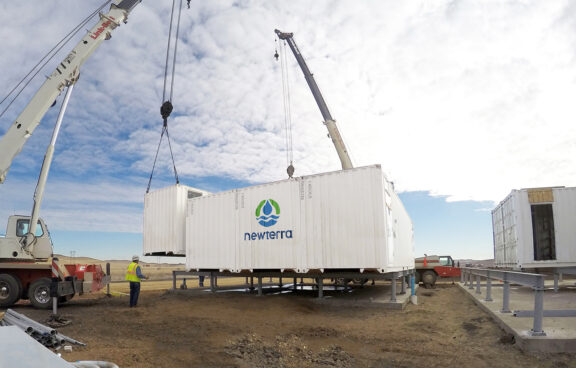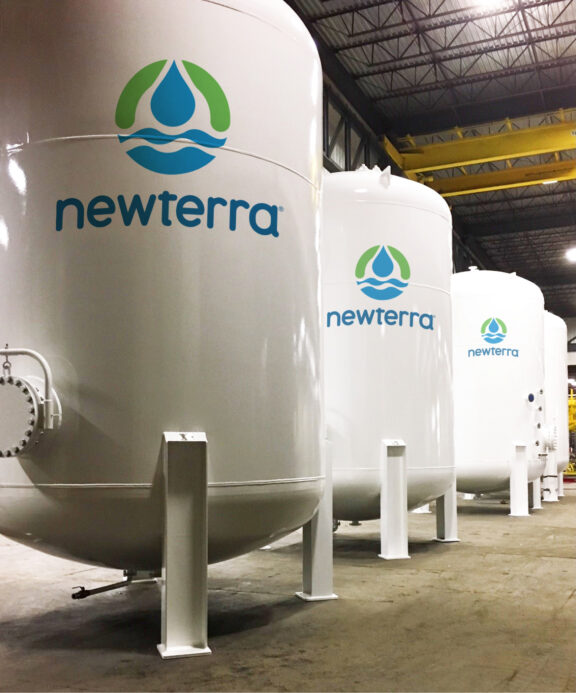Is your industrial facility close to the benchmarks? Do you want an added measure of certainty to be in compliance with your industrial general stormwater permit? Is your industrial facility unpaved or does it have broken pavement that is affecting your stormwater quality? Does your permit require corrective actions? Or is the facility large and you’d like to incorporate end-of-pipe stormwater treatment that doesn’t break the bank? If you can relate to any of these questions, StormwateRx now has an answer in the form of a new, high-performance version of its classic Clara® separator. Called Clara® Filter, this new system is ideal for high-flow or high solids-loading stormwater treatment applications. While Clara Separator produces excellent removal of floatable hydrocarbons, and settleable solids such as sand and grit, Clara Filter captures finer solids, particulate metals and neutral buoyancy trash and debris, while retaining the ability to trap hydrocarbons at a high flow rate. StormwateRx developed Clara Filter, a patent-pending, passive high-rate media filter in a concrete structure that can serve as standalone treatment or as a pretreatment BMP for sites with high total suspended solids (TSS) loading and frequent high-flow stormwater events.


Why is Clara Filter superior for this application? Its media is formulated for high-flow and high solids retention capacity and to remove free oil. Typical total suspended solids (TSS) removal by Clara Filter is greater than 70%, with demonstrated reduction of up to 90%. The system operates by gravity—no power and no mechanical or moving parts are present to malfunction. The filtration media traps particulates as the stormwater flows through the filter’s circuitous pathway. The larger pore spaces and media consistency allows a greater volume of stormwater to pass through the unit than can be processed by other filtration technologies. The unit’s filtration media is housed in a large-volume concrete vault with filtration chamber access through manhole or hatch openings. An integrated pump system to discharge to a downstream polishing filter is also available as an option.

Clara Filter effectively reduces TSS and fine particulate from high flow applications or to other downstream treatment BMPs. This can help extend maintenance intervals, reduce media replacement costs and help your downstream filtration treatment system operate at peak efficiency to reduce a broad range of industrial stormwater pollutants, helping you meet benchmarks. Clara Filter is another way StormwateRx keeps you focused on what matters most—efficient, cost-effective and compliant facility operations.


